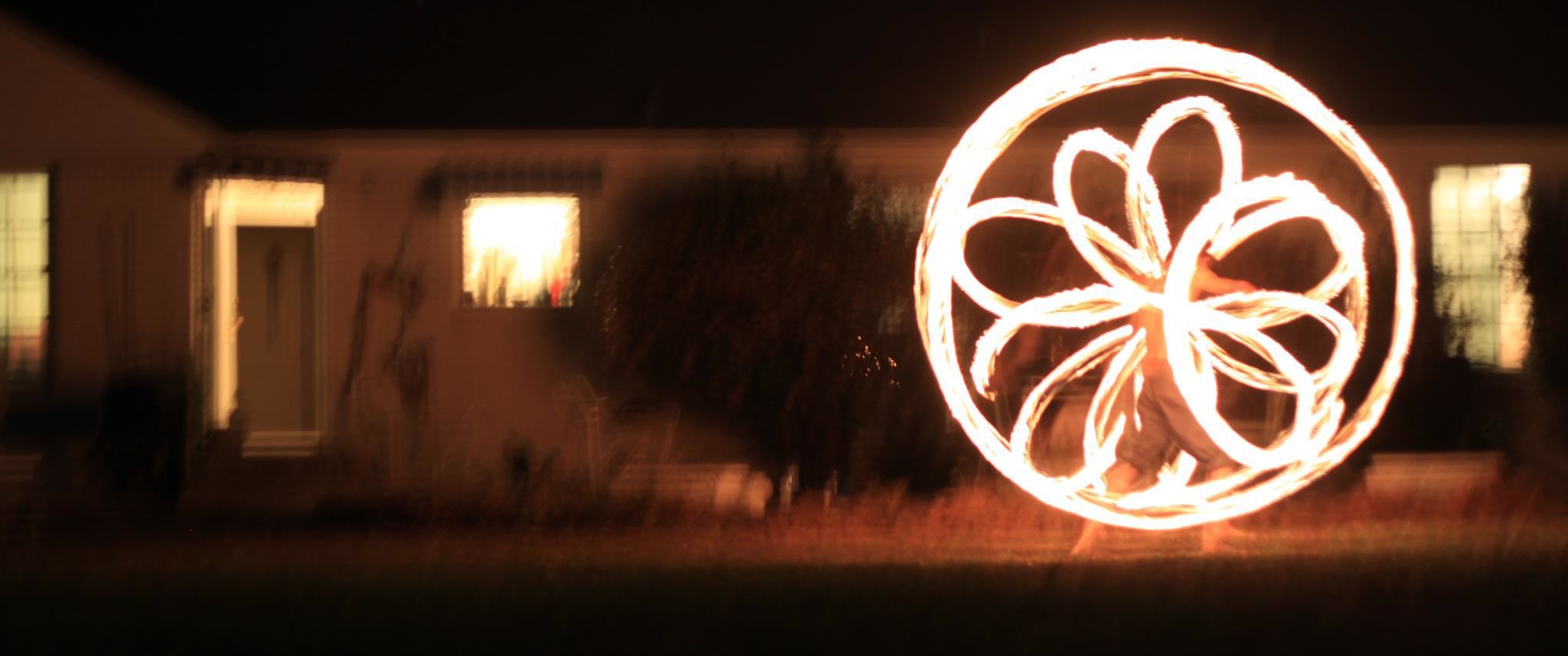They’re the best. You work within to create a new system that changes the old.
Viruses, bacteria, and fungi all work in these ways to deteriorate or build up an organism.
The battle then becomes a challenge to create new paradigms within an organism, society, or organization. For myself, it’s been changing the paradigms of the family unit to accept and encourage the passions that I’ve chosen in life.
Words Are Not Enough
They just don’t cut it these days. You can only sugar coat a message so much. Without the actual cake or substance, words only go so far. I spent a lot of hours if not days on discussing the benefits of gardening with my family. It only convinced a few if any. The actual tomatoes, watermelons and squash got into them.
The taste alone says a lot more than any word can describe. It’s like tasting chocolate for the first time.
Challenge Yourself
When I finally realized that the watermelon actually made the change and my words started to have more meaning. From that point onward, it becomes necessary to start scaling up the operation and who better to do it than oneself and the ones closest to them.
The self is the best place to start when working on the inside. We often place blame on others without realizing that they have come from diverse backgrounds, all requiring different environments to change the old paradigms. By having the actions to follow through with the thoughts and ideas, you begin to live up to your words. People see that and acknowledge it without even having to say it; that’s trust.
Commune with Others
There’s no better way to invite other people in than by giving them good food and drink to eat. With nutritious food from the garden, the farmaceuticals will begin to transform the body through the tummy while your words begin to change their their brains with words of passion.
The results are phenomenal. The next step is to design the next actions to take, test them in the real world, and obtain feedback (a yield) to either try different actions, retest, or scale up.
